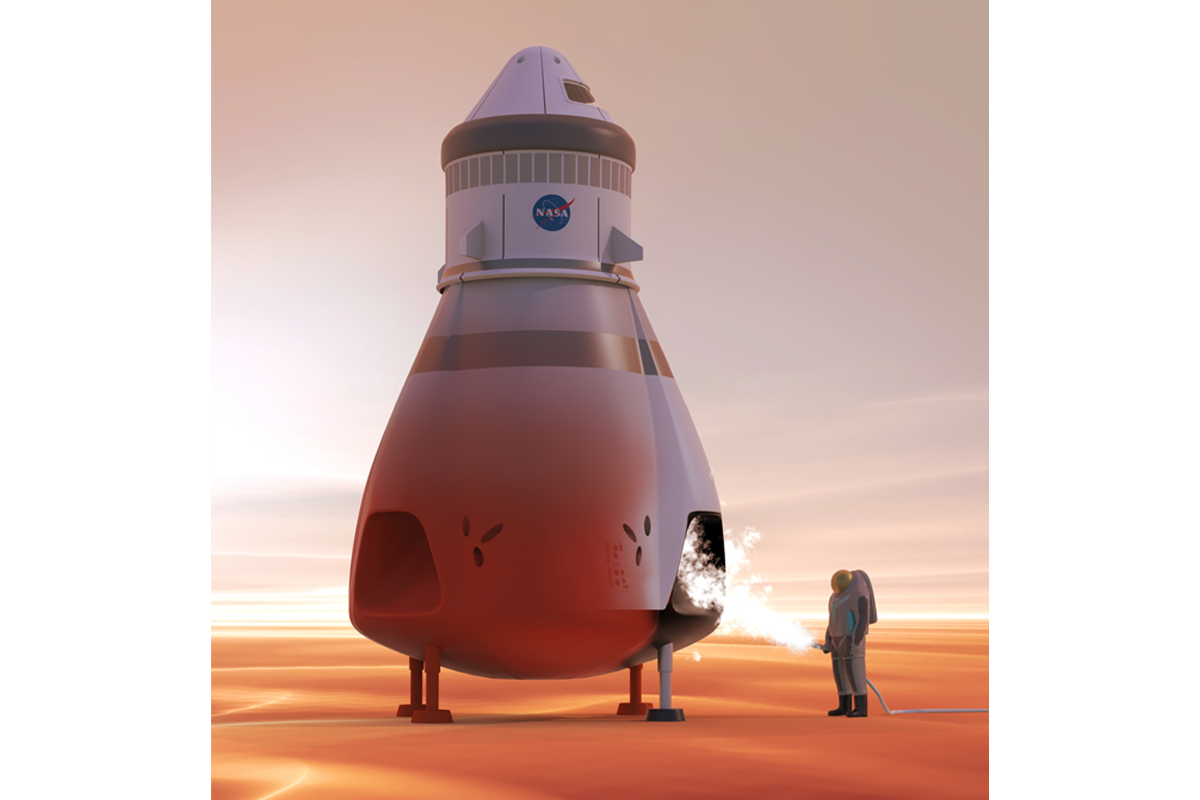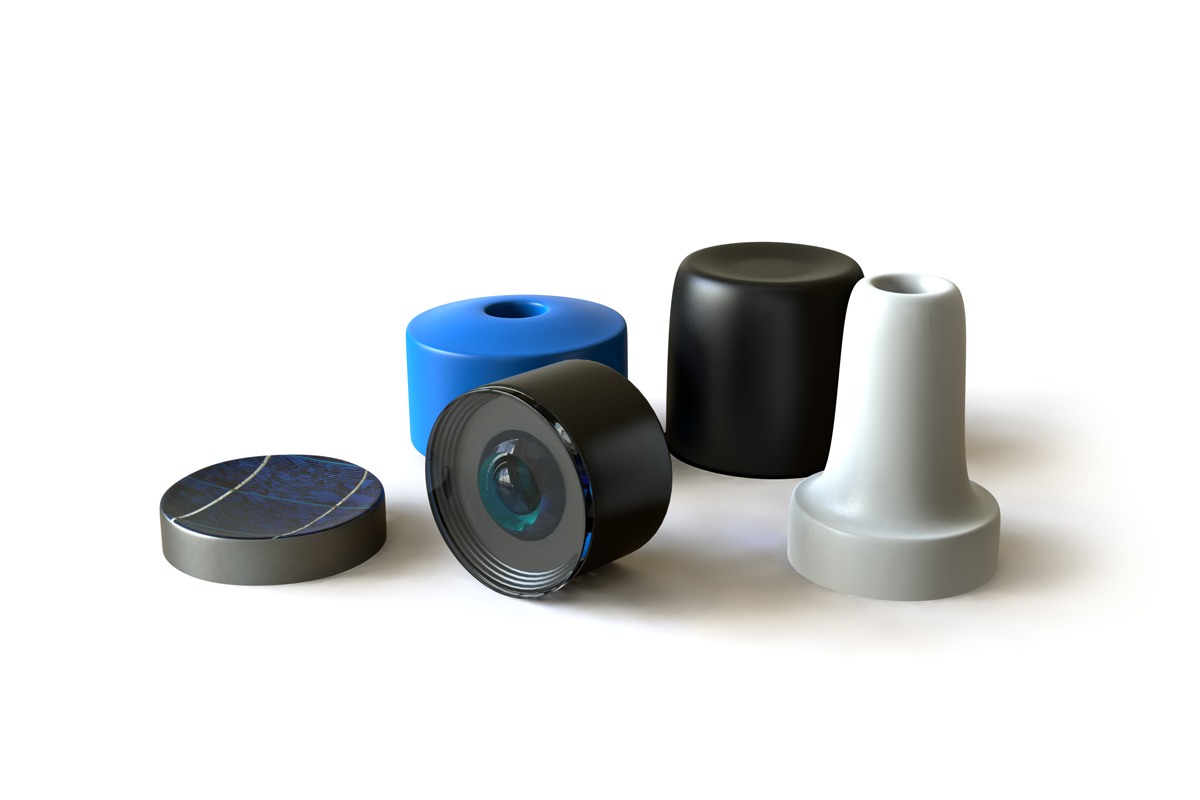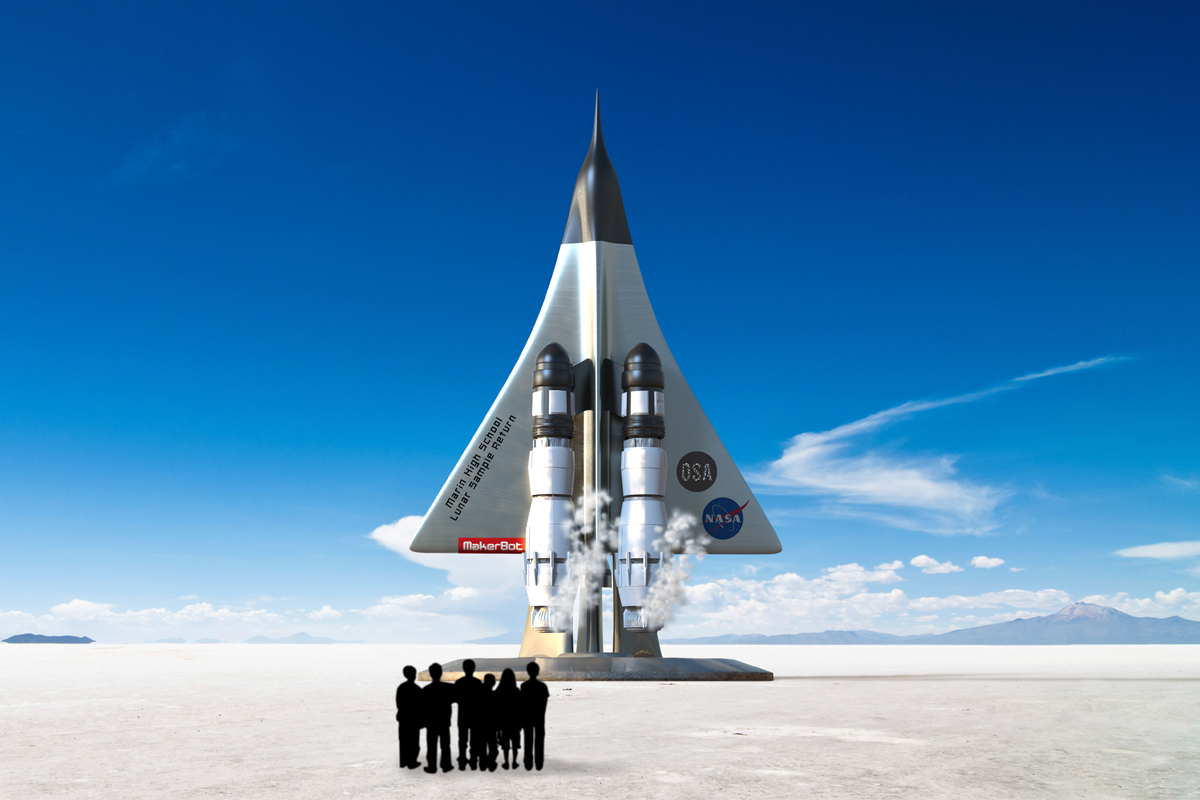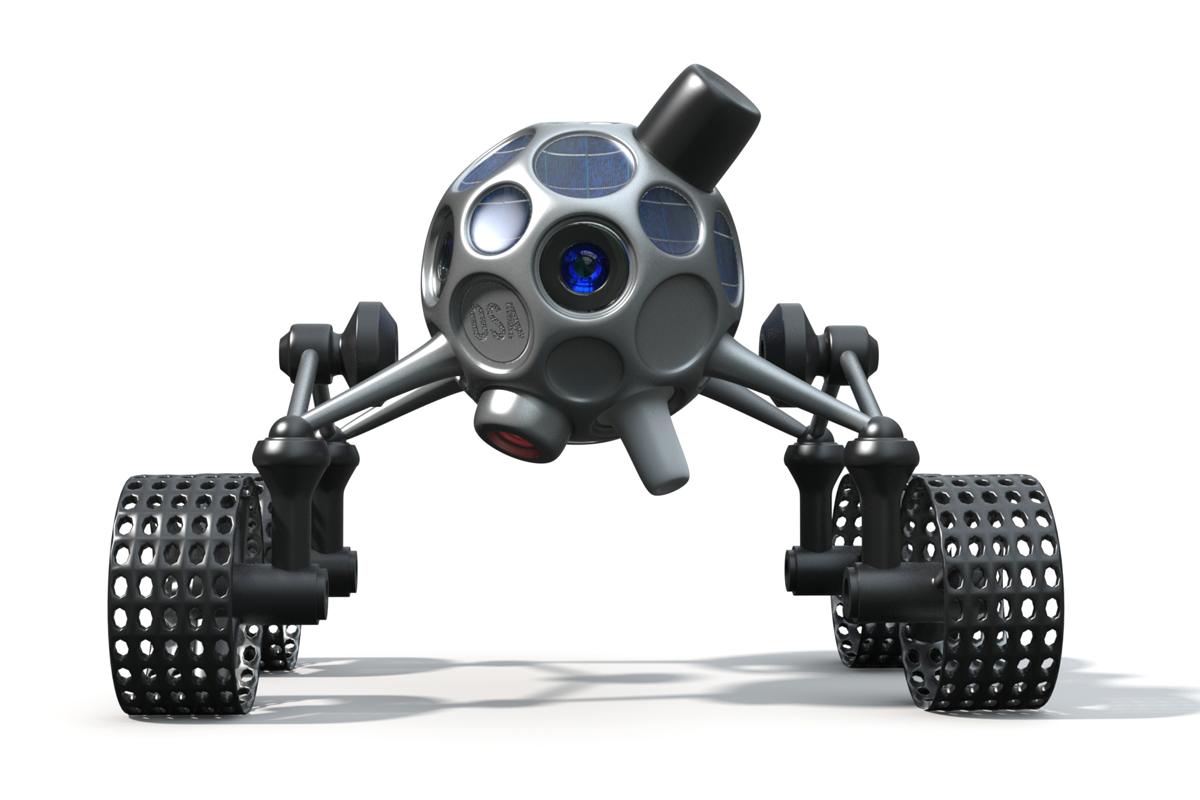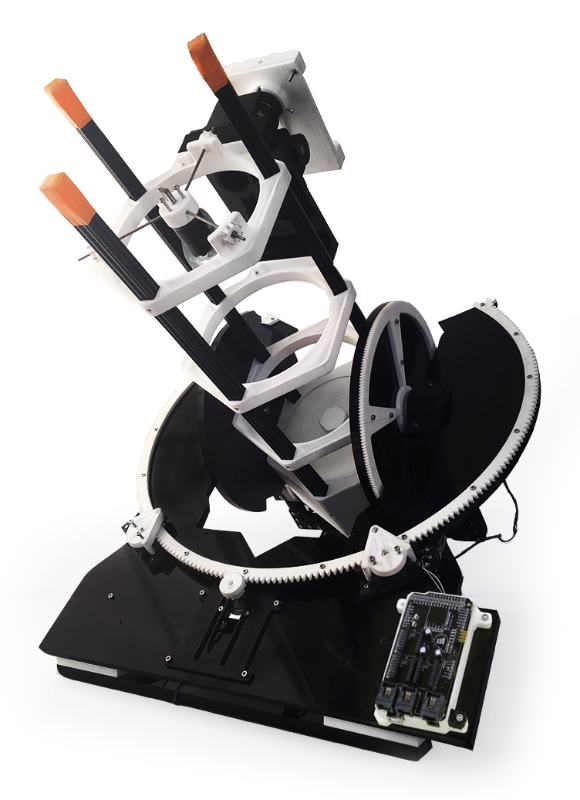Ad Astra Per Arduino
If you’re a maker, DIY Engineer, citizen scientist or just a long-time aspiring astronaut with stars in your eyes, then we’d love to hear from you.
Ultrascope update
The team has been working hard over the last few months to get the Ultrascope ready for global release. As they say, the last 20% is always the hardest and this project has been true to that. However, we’re now very happy to have a model that is ready for primetime - the next iteration in the Ultrascope - EXPLORER PLUS.
This latest version of our low-cost robotic observatory has several new features that now enable it to be a useful citizen science tool for schools, makers and amateur astronomers.
Introducing the Explorer Plus
What’s New
Larger Mirror
A larger mirror has been incorporated into the design to improve the capabilities of this version of Ultrascope.
Improved Focuser
The focuser mechanism has been significantly improved to enhance ease of image capture.
Improved Light Path
The light path has been optimized for best results using the larger mirror. We have also reinforced the rigidity of the main tube through the use of Open Beams, improving imaging and precision.
Improved assembly
We've reduced the overall number of parts for the Ultrascope Explorer, removing unnecessary complexity and radically improving the time to assemble. This in turn also minimizes 3D printing time and other associated costs.
Improved electronics + firmware
We've refreshed the Arduino Shield and firmware to run cooler and with improved stepper algorithm, added a fan, Raspberry Pi compatibility (for GOTO commands) and joystick control.
WHAT's the big idea again?
Anyone can have their own space program.
OSA’s vision is to enable a new era of citizen aerospace exploration through enabling the consumer-era of space technologies. We’ve challenged ourselves to develop products that leverage technologies that are, “off-the-shelf”, open source and easy to use, enabling anyone to have their own space program or support the work of others.
As part of this vision we are extremely happy to announce the release of our open source hardware project, the Ultrascope EXPLORER PLUS. We will be posting files, guides and updates to build your own robotic observatory here:
https://v1.wevolver.com/osa.projects/ultrascope/main/description
The power of community
We would like to introduce you to our Beta Community champion, Matt Nelson. Matt has been crucial in testing development of the Explorer Plus and has been key to helping us enhance the user and build experience.
Furthermore, Matt has also showcased his Ultrascope at the Salt Lake City Maker Faire.
Matt has become a key member of our team and, we encourage you to reach out to him for advice, tips, tricks or general information. We hope that Matt's work inspires you to make your unique Ultrascope. We invite you to improve on the designs, share your improvements and help our community grow with ideas, and feedback.
Next Steps: a staged release
We're releasing instructions on how to build Explorer Plus as a series of staged releases. This will help immensely with support and also we hope the community will be able to help each other as we go along.
We have partnered with Wevolver and will be posting files, guides and updates to build your very own Ultrascope here.
We will also be publishing Ultrascope's software on Github.
We hope this update inspires you to start building your scope. Please keep us informed of the progress and send pictures of your teams and ideas.
We were approached by Ballantine’s to work on a collaborative project combining two of the great miracles of human existence – space travel and great whisky. After months of working in stealth we are delighted to update you on our success! Many of you will have already seen the press coverage and several media releases about this OSA product but we couldn’t be prouder to share directly the achievements of our hard work.
Meet the space glass.
The story
Ballantines came to us with a vision of designing a product that would revolutionize the space travel industry. Between their creative team and the visionary mind of OSA founder James Parr, the concept of a space glass was brought to life. Although the initial idea was simple – design a whisky glass to use in zero-gravity – it was agreed that this was not just a practical solution but a design that captured the limitless beauty of space.
The challenge
James teamed with our resident designer Jon Rushton and went through several iterations of the space glass design. Challenge was, not only did it have to be simple, practical, and beautiful, it had to be 3D printed as well! Not an easy design brief to follow but at this point we were truly inspired by the whole team’s vision. Between James' eye for detail and Jon's designing magic, we've come up with what James appropriately calls "an artifact from the future."
Functionality
Once the basic design of the glass was agreed upon, there were still some major challenges that needed to be addressed:
How do we fill it, how to we drink from it, and how do we keep the whisky from floating away?
The unique design of the glass is based around a helical channel embedded on the internal wall. This structure allows the drinker to draw the whisky up as they slowly swirl the glass, just as you would a traditional whiskey glass. As the whiskey rises up the side, you can take a sip just as naturally as you could standing on terra firma.
To tackle the problem of keeping the whisky from floating away, the team created a dome shaped enclosure that would enable the whisky to gently aerate as it moves around the glass without risk of losing a drop.
Finally, a special one-way valve and loading mechanism was designed, so that the glass can be filled from the bottom. A simple solution for one of the most challenging environments.
Does it really work?
As James Parr puts it, “as a designer you spend your whole life, breaking your babies, and the space glass was no exception.”
To answer the question of whether it really works the OSA team travelled to Bremen, Germany. They wanted to put the glass to test at Zarm’s 480 foot tall drop tower. The team filled the glass with whisky, set it inside a specially designed capsule and watched as it dropped down the vacuum sealed shaft. The high-tech tower simulates microgravity, demonstrating for 4 seconds how the glass would perform in complete weightlessness.
The nerves were high, and so were expectations. But the space glass definitely did not disappoint!
Seeing the incredible success of the test was truly magical and we were confident that Ballantine’s would be pleased as well.
Ballantine’s launched space glass last week to a very warm reception from the space, media and maker communities. For the Open Space Agency, it was an absolute pleasure to partner with Ballantine’s and we are extremely proud to have collaborated on such a unique project.
Following the release of the glass, both Ballantine’s and OSA have had significant media coverage, and we’ve attached a few links below.
Current status
Ballantines is currently considering their options of next steps based on the working prototype. And we're confident that whatever that next step may be, OSA will work closely with them throughout the process.
If you would like to find out more information about the project or get involved with any future OSA projects, please feel free to
Contact us via the website
About
Find out more about the Open Space Agency, our mission and how you can get involved.
PROJECT ULTRASCOPE
We are currently developing a range of open source automated robotic observatories (ARO).
